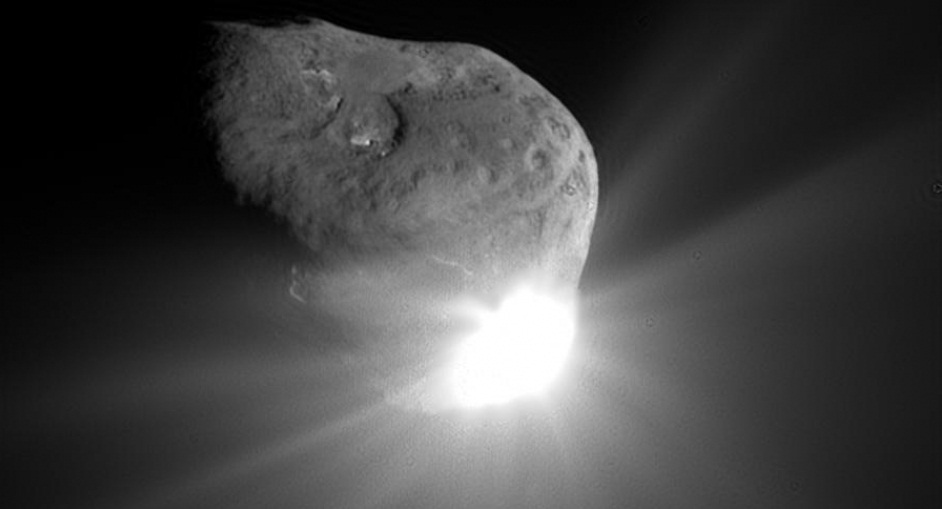
Scientists on the trail of comets in deep space "reluctantly" announced Friday an end to NASA's Deep Impact mission after nearly a decade that included celestial fly-bys and hundreds of thousands of images.
The project team at Jet Propulsion Laboratory called an end to the mission because they have been unable to communicate with the spacecraft for more than a month. The probe's last contact with scientists was Aug. 8, more than eight years after it left Earth to investigate comets -- inside and out.
"Deep Impact has been a fantastic, long-lasting spacecraft that has produced far more data than we had planned," said Mike A'Hearn, Deep Impact principal investigator at the University of Maryland. "It has revolutionized our understanding of comets and their activity."
Its original mission was completed in just six months after its launch in January 2005. The extended mission included another comet flyby and planet observations.
Deep Impact also captured some stunning images of objects in space during its 4.7 billion-mile journey. The spacecraft's first stop was about 268 million miles from Earth near comet Tempel 1. The probe deployed an impactor device in the comet's path, causing the comet to fragment (pictured, right) so both the surface and interior could be examined.
The spacecraft went on to prove it wasn't just a one-hit wonder.
"Six months after launch, this spacecraft had already completed its planned mission to study comet Tempel 1," said Tim Larson, project manager of Deep Impact at JPL. "But the science team kept finding interesting things to do, and through the ingenuity of our mission team and navigators and support of NASA's Discovery Program, this spacecraft kept it up for more than eight years, producing amazing results all along the way."
The mission included another comet flyby in November 2010. Researchers used Deep Impact to study another distant comet's composition in January 2012 and snapped images of the comet ISON, dubbed by some as the "Comet of the Century."
But last month, the project team lost contact and could not re-active onboard systems. The cause remains unclear, but it might have something to do with a computer system that manages Deep Impact's orientation, according to NASA.

